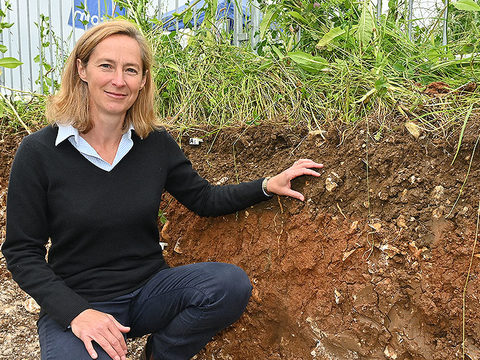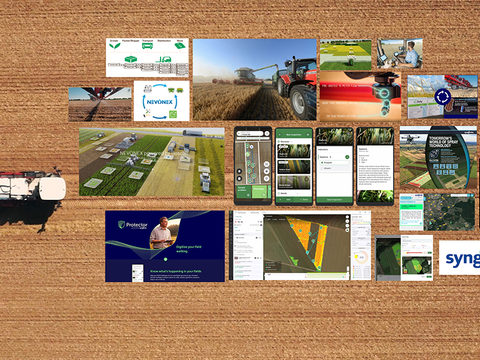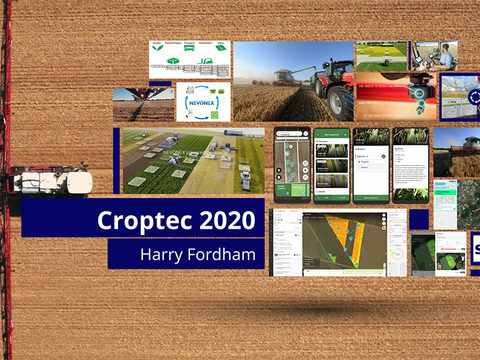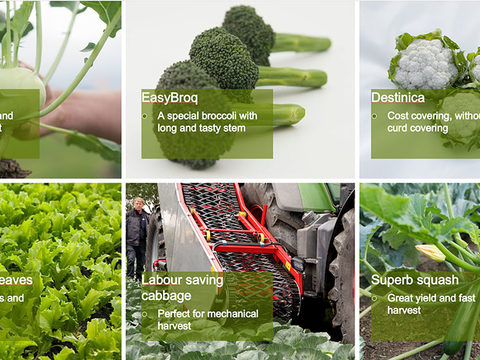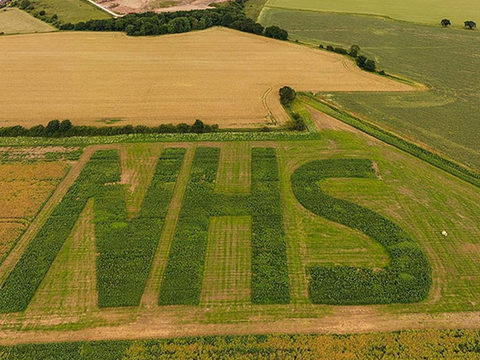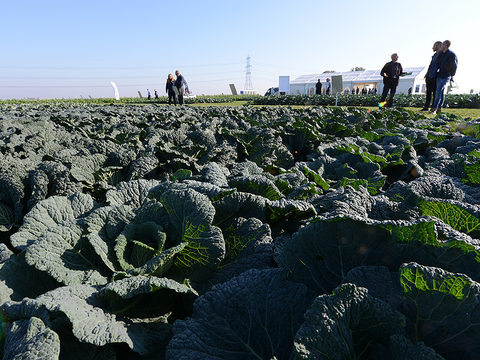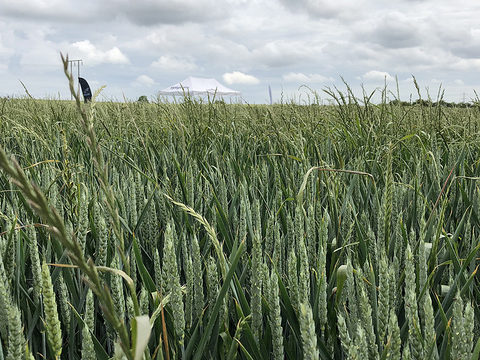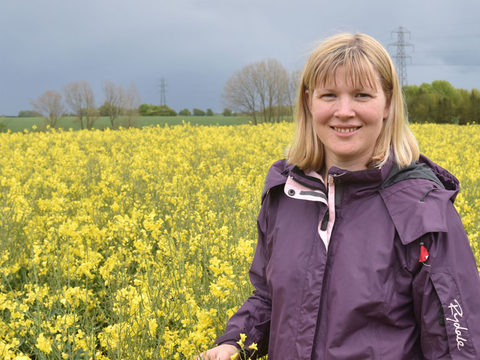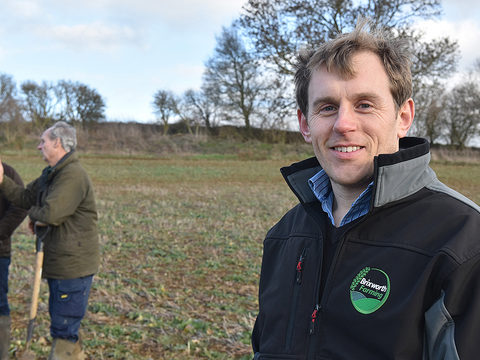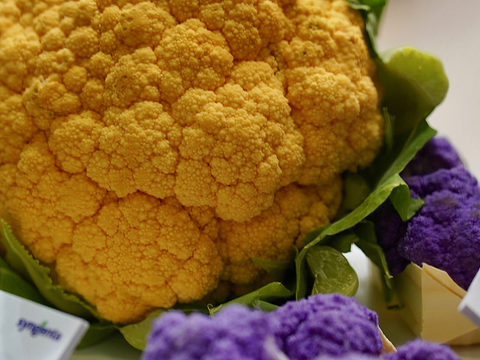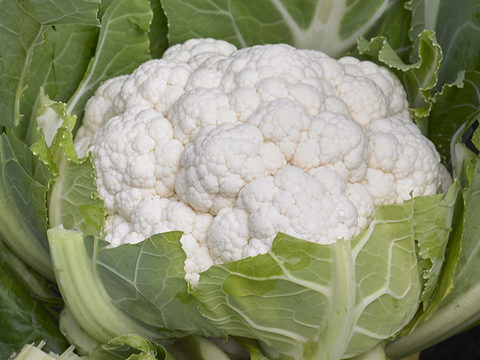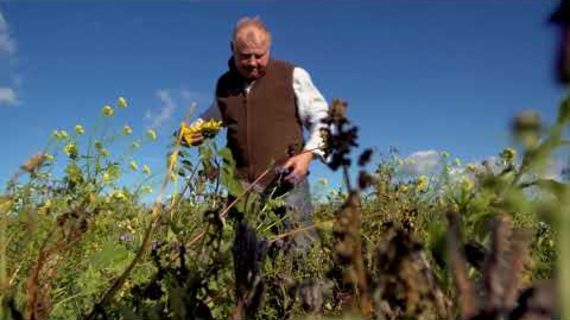Syngenta survey shows environmental area growth
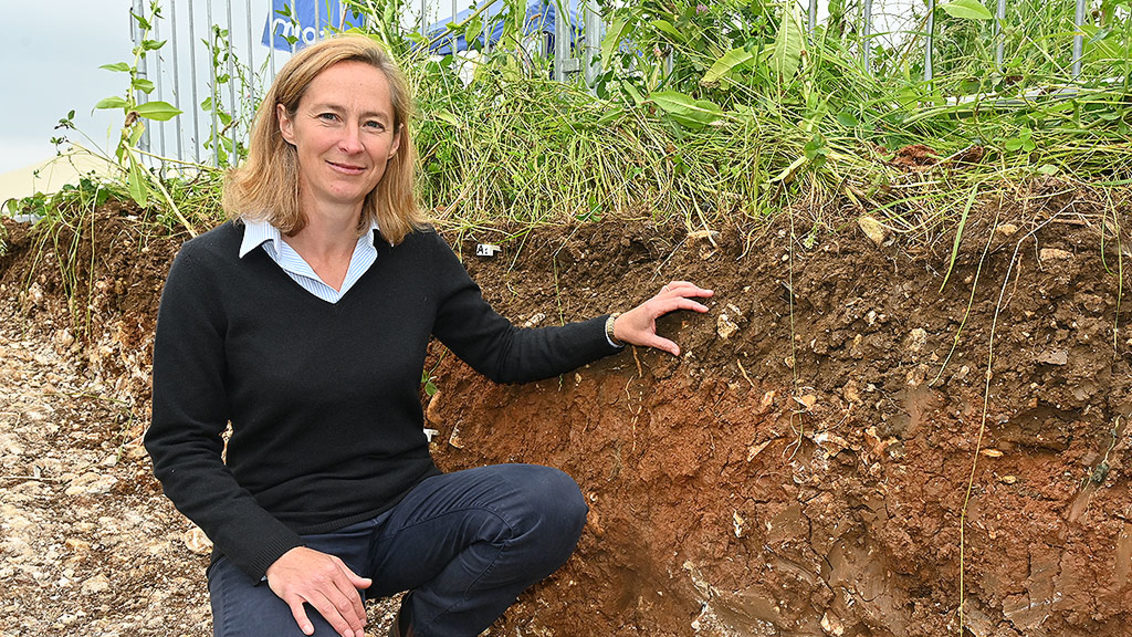
Results of a new study of environmental area management on UK farms has revealed nearly 60% of farms are now positively sowing and managing conservation mixes on environmental areas, reports Syngenta Sustainable Farming Manager, Belinda Bailey. That includes planting seed mixtures for cover crops, companion planting, winter bird food and wild flowers for field margins, blocks or entire fields.
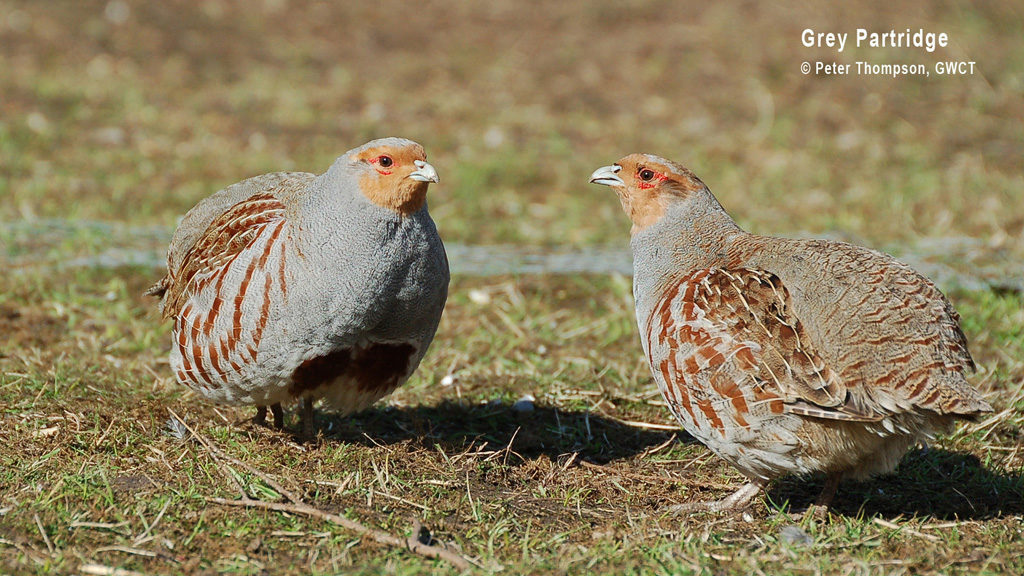
The market research, commissioned by Syngenta for its award-winning Operation Pollinator initiative, calculated over 40,000 hectares of UK cropped farmland is now sown with conservation environmental seed mixes, along with 93,000 ha of cover crops and 33,000 ha of companion cropping. Game cover also accounts for nearly 12,000 hectares.
UK farmed area
In total, that equates to some 3.7% of farm cropping area in England and Wales, and over 6% of area in Scotland, where cover crops are more widely grown. Farms positively engaged with utilising ecological habitats typically have more than five times the area within environmental management, compared to average.
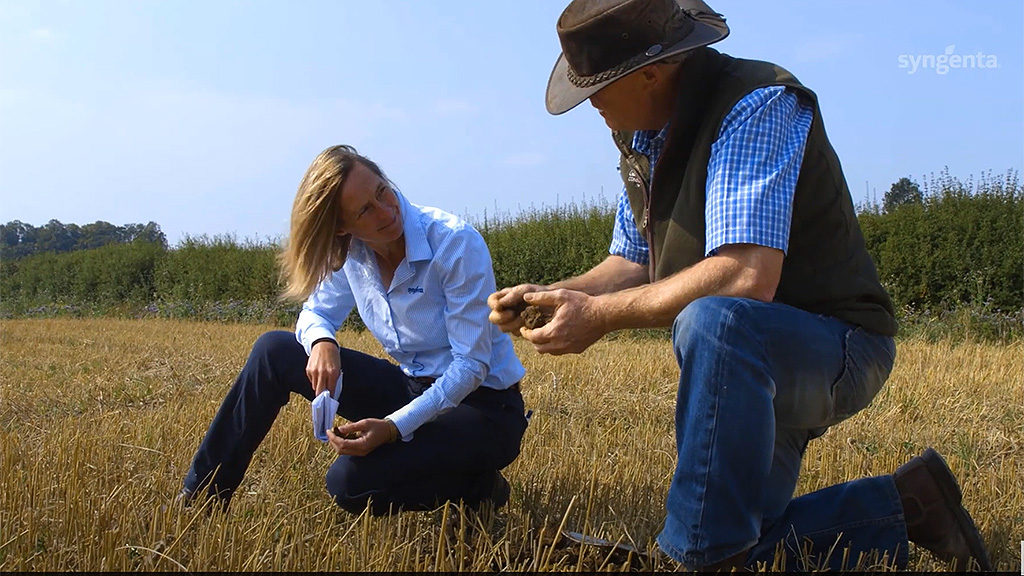
The in-depth personal survey studied seed mixtures on environmental areas of more than 60 farms across England and Scotland. Of the farms surveyed, over a quarter were growing more than 400 hectares of combinable crops, with over 60% growing at least 200 hectares.
Countryside Stewardship Scheme
By far the greatest proportion of growers in England (84%) cited compliance with the existing Countryside Stewardship Scheme as the spontaneous motivation for growing conservation or environmental areas, along with 65% in Scotland on Ecological Focus Area for BPS farm payments in Scotland. Benefits of providing habitat to encourage bees, beneficial predators and birds was also seen as useful, but generally of secondary importance.
Soil structure
The role of cover crops to maintain or improve soil structure (64%) and their nutritional contribution (13%) or organic matter contribution was seen as of the greatest value by growers, followed by an increase in beneficial insect populations and bird numbers, with bees and pollinators of less interest.
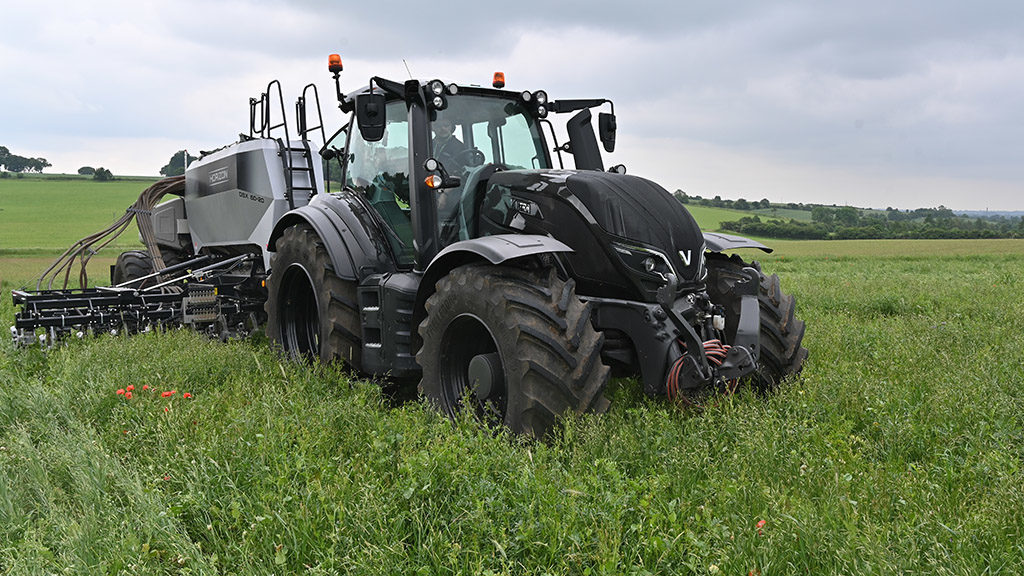
However, the survey also highlighted that currently most growers pay little attention to specific seed mixes or purpose of individual species, beyond compliance with stewardship scheme requirements.
Independent Operation Pollinator research has provided a wealth of information to help growers make better informed decisions on seed-mix selection for agronomic, economic and ecological benefits in individual situations.
Cover crop nutrient value
The economic nutrient value of the Operation Pollinator Green Headland Mix cover has been fully calculated, while detailed studies have shown the biodiversity boost from Operation Pollinator Annual Flower Mix and the Operation Pollinator Bees’nSeeds for insects and birds.
The survey findings will help to focus new initiatives to answer growers’ specific questions on seed mixes for different soil types, managing weed control with conservation or cover crops and long-term management of environmental areas within a whole farm rotation.
Syngenta research continues to assess and quantify the role of both cover crops and companion crops within practical farming systems, including comparing conventional plough-based cultivations and regenerative agriculture establishment.
All the Operation Pollinator seed mixes are supplied with full agronomic information to help growers and agronomists achieve good establishment and get the greatest environmental and agronomic benefits from their use.
